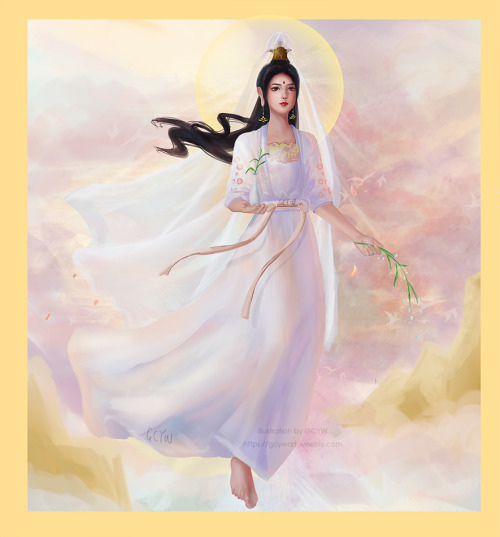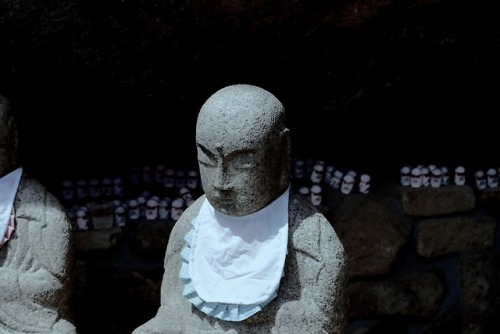#buddha
A visit to Jack Kerouac’s house ends with the story of Buddha on episode #2 of The Paris Review Podcast.
On The Way To Kathmandu… (Tibetan-style Tangkhas)
Link:SFS [folder]
I know, Kathmandu is in Nepal, but you get the idea… The main set here on the wall is cloned from BG items, and includes the tangkha itself (15 swatches), the draped banner (7 swatches) and the garland (11 swatches). You will need to use moo to place them as I did above.
Additionally, I have included the new Asian garden lights, cloned from a Dine Out candle (GP03 required), three choices of size, 16 swatches (8 white candle, 8 red candle), and the little flower scatter, cloned from the GP03 (required) table flowers with 10 swatches.
Cheers!
ओं मणिपद्मे हूं
Post link
No one saves us but ourselves, no one can an no one may. Us ourselves must walk the path - Buddha
Post link
“Peace comes from within, do not seek if without” - Buddha
*last one of the night! Just markers and a sharpie for this. It’s honestly so relaxing, helps me clear my mind.
http://kristamillerart.tumblr.com
Post link
The area of Shitara town in Aichi Pref is pretty large. But civilized area is limited. Only five or ten minutes drive leads us out the artificial space. Now we arrive at the border where we can find fusion of nature and old human culture.
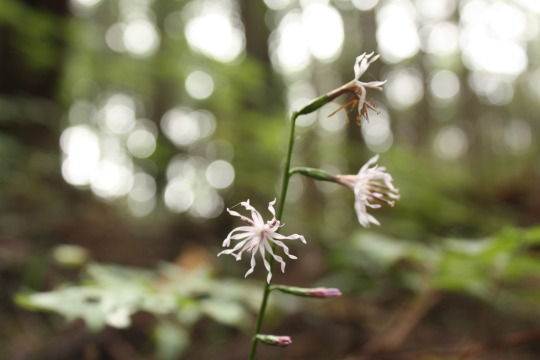
Above is ‘Enshu haguma’, endangered species
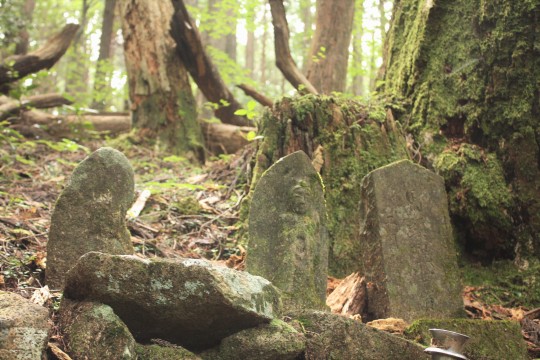

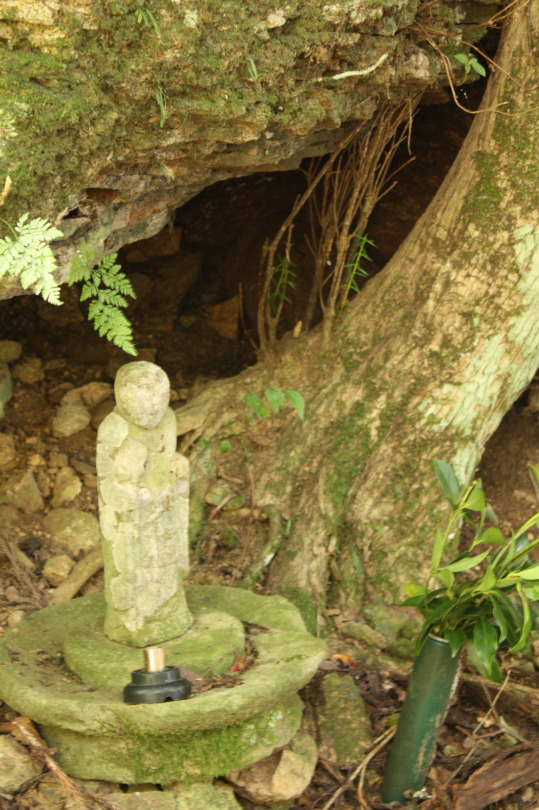

“ “Mendicants, there are these seven kinds of wealth. What seven? The wealth of faith, ethical conduct, conscience, prudence, learning, generosity, and wisdom. These are the seven kinds of wealth.
Faith and ethical conduct are kinds of wealth,
as are conscience and prudence,
learning and generosity,
and wisdom is the seventh kind of wealth.
When a woman or man
has these kinds of wealth,
they’re said to be prosperous,
their life is not in vain.
So let the wise devote themselves
to faith, ethical behavior,
confidence, and insight into the teaching,
remembering the instructions of the Buddhas ” “ ( Saṁkhittadhanasutta - AN 7.5. Wealth in Brief )

The Five Remembrances
“There are these five facts that one should reflect on often, whether one is a woman or a man, lay or ordained. Which five?
- I am subject to aging, have not gone beyond aging.’ This is the first fact that one should reflect on often.…
- I am subject to illness, have not gone beyond illness’.…
- I am subject to death, have not gone beyond death’.…
- I will grow different, separate from all that is dear & appealing to me’.…
- I am the owner of actions [karma], heir to actions, born of actions, related through actions, and have actions as my arbitrator. Whatever I do, for good or for evil, to that will I fall heir’.…”
No matter who you are, these five facts, one should become deeply familiar with/reflect on. - Buddha, in the “Upajjhatthana Sutta”
Today is Chotrul Düchen — one of the four major Buddhist days of the year.
These first fifteen days of the new Lunar year commemorate the event when The Buddha performed a different miracle each day to instill devotion and increase merit among heretics.

Today (February 15th of the lunar calendar) is the day Shakyamuni Buddha entered Nirvana. Although he has passed away, the Dharma and Sangha are still there. Be diligent in your practice, find your own way of liberation based on the Dharma. Namo Buddhaya ❤️ .
“Not hoarding,
having comprehended food,
their pasture — emptiness
& freedom without sign:
their trail,
like that of birds through space,
can’t be traced.
Effluents ended,
independent of nutriment,
their pasture — emptiness
& freedom without sign: their trail,
like that of birds through space, can’t be traced.”
( Verse 92-93, Dhammapada - Path of Buddha’s Teaching )

NIBBANA IN THERAVADA BUDDHISM - 02
What is Nibbana
Nibbana, the third Noble Truth relating to the complete cessation of suffering, is the final state of liberation from suffering and the repeated cycle of birth and death (samsara). Nibbana can be attained in this life itself, here and now, and hence is not a state that can be attained only upon one’s death. Nibbana is the ultimate goal of a practising Buddhist within Theravada Buddhism. Whenever Theravada Buddhists perform various forms of meritorious deeds they aspire to attain Nibbana by chanting:
“Idam me punnam, asavakkhaya vaham hotu”
“Idam me punnam, nibbanassa paccaya hotu”
“May I attain the extinction of the defiled outflows by this meritorious deed”
“May my meritorious deed be the cause of Nibbana”
However, it should be noted that Nibbana cannot be attained by merely wishing or praying for it but by cultivating the Noble Eight-fold Path as expounded by the Buddha in His first sermon.
In the Abhidhamma, Buddha’s higher teaching, the Buddha described two realities in the world, namely conventional reality (sammuti sacca) and the ultimate reality (paramattha sacca). Conventional reality includes things that are expressed in conventional modes of expression such as man, woman, person, being or other objects that do not exist in their own right as irreducible realities. Ultimate realities are the things that exist by reason of their own intrinsic nature and are irreducible into any components and the Buddha has described four such ultimate realities in the world, including Nibbana:
1. Consciousness (citta)
2. Mental factors (cetasika)
3. Materiality (rupa) and
4. Nibbana
The word Nibbana in the Pali language consists of two constituents – Ni and Vana meaning absence of craving. Ni is a negative particle indicating ‘absence’ while Vana means ‘craving’. In the Sanskrit language it is known as Nirvana, meaning to blow out or extinguish, with Va meaning ‘to blow’ and Nir meaning ‘out’. Hence, Nirvana means to blow out or extinguish the flame of craving since craving is the basic and fundamental cause of repeated birth in the cycle of birth and death (samsara).

NIBBANA IN THERAVADA BUDDHISM - 01
Introduction
Gautama Buddha is described as a Samma Sambuddha meaning the ‘Perfectly Enlightened One’, samma = perfectly; sam = by himself without a teacher; buddha = Enlightened or Awakened One, by realisation of the four Noble Truths. In his very first sermon titled “Dhamma cakkappavattana Sutta” or “Turning the Wheel of the Truth” delivered to the five ascetic companions at the deer park at Isipathana (now called Sarnath) near Varanasi in India, the Buddha expounded on the four Noble Truths and the Noble Eight-fold Path (ariya atthangika magga) also known as the Middle Way (majjhima patipada).
The four Noble Truths
1. Truth of universal suffering (dukkha sacca)
2. Truth of the origin of suffering (samudaya sacca)
3. Truth of the cessation of suffering (nirodha sacca)
4. Truth of the path leading to the cessation of suffering (magga sacca)
The first Noble Truth is the fact that all forms of existence are subject to unavoidable and inevitable suffering, both physical and mental, due mainly to the following:
Birth
Ageing
Illness
Death
Sorrow, lamentation, grief, pain and despair
Association with what one dislikes
Separation from what one likes
Not getting what one desires
The Buddha then summarised all suffering by stating concisely that it is our clinging to the five aggregates that constitutes suffering. The five aggregates of clinging are material form (rupa), feeling (vedana), perception (sanna), mental formation (sankhara) and consciousness (vinnana) which, according to the Buddha, are the constituent parts of the psycho-physical unit of name and matter (nama-rupa) that is known as an individual, a person or a personality.
The second Noble Truth is the cause of suffering which is craving or tanha. Gautama Buddha, during His first sermon, described three types of craving:
Craving for sense pleasures (kama tanha)
Craving for becoming or existence (bhava tanha)
Craving for non-becoming or non-existence (vibhava tanha)
The third Noble Truth is the cessation of suffering by attaining Nibbana through total abandonment and elimination of all forms of craving (tanha) - Attaining Nibbana.

PRAISE TO BUDDHA SHAKYAMUNI
O Blessed One, Shakyamuni Buddha,
Precious treasury of compassion,
Bestower of supreme inner peace,
You, who love all beings without exception,
Are the source of happiness and goodness;
And you guide us to the liberating path.
Your body is a wishfulfilling jewel,
Your speech is supreme, purifying nectar
And your mind is refuge for all living beings.
With folded hands I turn to you,
Supreme unchanging friend,
I request from the depths of my heart:
Please give me the light of your wisdom
To dispel the darkness of my mind
And to heal my mental continuum.
Please nourish me with your goodness,
That I in turn may nourish all beings
With an unceasing banquet of delight.
Through your compassionate intention,
Your blessings and virtuous deeds,
And my strong wish to rely upon you,
May all suffering quickly cease
And all happiness and joy be fulfilled;
And may holy Dharma flourish for evermore.
How to Solve our Human Problems




![On The Way To Kathmandu… (Tibetan-style Tangkhas)Link: SFS [folder] I know, Kathmandu is On The Way To Kathmandu… (Tibetan-style Tangkhas)Link: SFS [folder] I know, Kathmandu is](https://64.media.tumblr.com/7fb2c62a2fd69f5eae4078b351a54af1/bb6f18821159607a-01/s500x750/bb6b88e58f2a6056ecb4d30f7dc91d469e739f69.jpg)
![On The Way To Kathmandu… (Tibetan-style Tangkhas)Link: SFS [folder] I know, Kathmandu is On The Way To Kathmandu… (Tibetan-style Tangkhas)Link: SFS [folder] I know, Kathmandu is](https://64.media.tumblr.com/565b0d3498126d8b9282f5aa8f588c41/bb6f18821159607a-2c/s500x750/d8475f0e3510880a5a672983ed498157e796cc8f.jpg)
![On The Way To Kathmandu… (Tibetan-style Tangkhas)Link: SFS [folder] I know, Kathmandu is On The Way To Kathmandu… (Tibetan-style Tangkhas)Link: SFS [folder] I know, Kathmandu is](https://64.media.tumblr.com/448bd32a252cd3e115556081e617590b/bb6f18821159607a-46/s500x750/7db82e81620f08cc2764627d84a184f8c76ab236.jpg)
![On The Way To Kathmandu… (Tibetan-style Tangkhas)Link: SFS [folder] I know, Kathmandu is On The Way To Kathmandu… (Tibetan-style Tangkhas)Link: SFS [folder] I know, Kathmandu is](https://64.media.tumblr.com/10569f102a4c406ddd3065837ef50064/bb6f18821159607a-05/s500x750/02ea406a6c6e4fb143701535652c6d56cec9ee89.jpg)
![On The Way To Kathmandu… (Tibetan-style Tangkhas)Link: SFS [folder] I know, Kathmandu is On The Way To Kathmandu… (Tibetan-style Tangkhas)Link: SFS [folder] I know, Kathmandu is](https://64.media.tumblr.com/2ec0e0a7e00c46cd4202d210ea944b0c/bb6f18821159607a-46/s500x750/91381830417c42ce3a18a9adb1b64a7f6e5423a7.jpg)
![On The Way To Kathmandu… (Tibetan-style Tangkhas)Link: SFS [folder] I know, Kathmandu is On The Way To Kathmandu… (Tibetan-style Tangkhas)Link: SFS [folder] I know, Kathmandu is](https://64.media.tumblr.com/4b42522ae7ecbe7e6a3bc39d9db86c28/bb6f18821159607a-75/s500x750/6ddff5a411d1ebc27ca07ce06a7a7a22839878b9.jpg)



